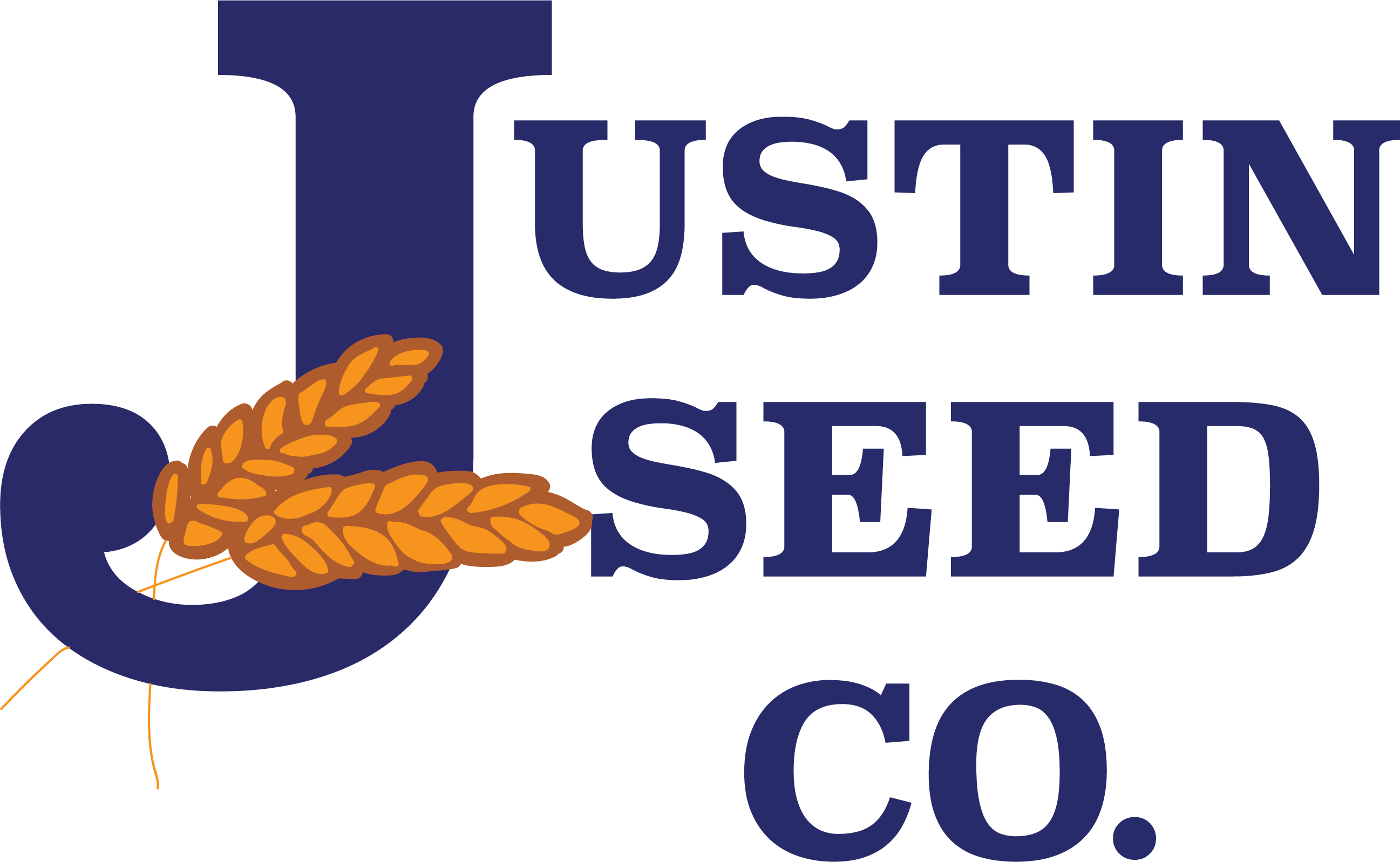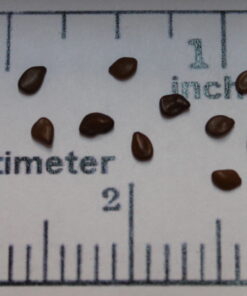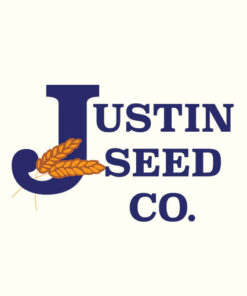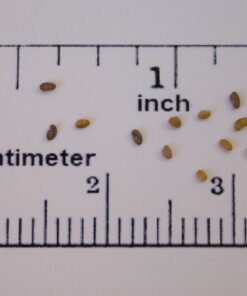Cowpea, Red Ripper
Good for legume cover and wildlife. and soil improvement, needs warm soil. Seed are maroon in color and hard-seeded.
Good for legume cover and wildlife. and soil improvement, needs warm soil. Seed are maroon in color and hard-seeded.
| Planting Time | Planting Rate Acre |
| Late Spring | 15-25 lb. rows. 40-60 Broadcast |
| Weight | 1 lbs |
|---|
Be the first to review “Cowpea, Red Ripper” Cancel reply
You must be logged in to post a review.
Related products
A major forage crop for the southeastern United States. Common, Kobe, and Korean Lespedeza are annuals. Sericea Lespedeza is perennial.
Native warm season legume used in range revegetation. Multiple stems grow from a woody caudex attached to a deep root system.
Good legume cover. Excellent for quail and deer. Produce forage in 45 days with maturity in 100 days. Plant April - August.
Good legume for cover and garden. Needs warm soil to plant.
Native, cool-season perennial which can grow up to three feet tall. The plant produces a basal rosette of leaves that can grow eight inches long.
Many different varieties. In the black lands of Texas cotton root rot limits the life of Alfalfa to 2 to 3 years. For this reason in our locale area we only recommend Oklahoma Common Alfalfa.
Native, cool-season perennial which can grow up to three feet tall. The plant produces a basal rosette of leaves that can grow eight inches long.
An upright, cool-season, reseeding annual legume originating from Euraia that grows to a height of 40 to 50 inches under good conditions. Seeds germinate in the fall, but grow slowly during the winter.










Reviews
There are no reviews yet.